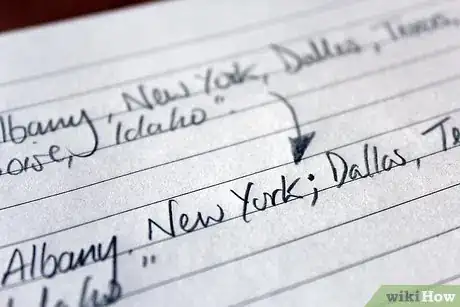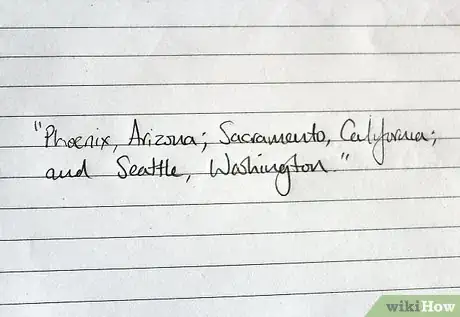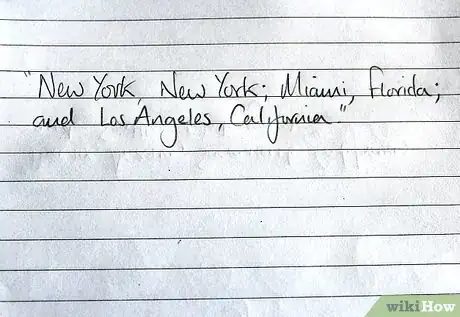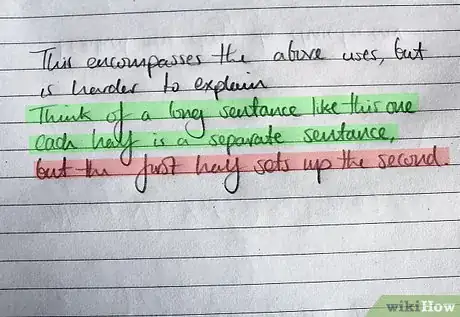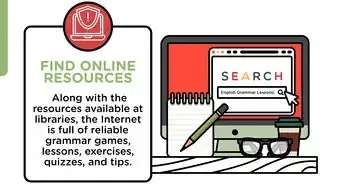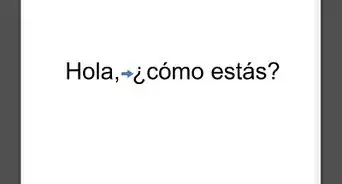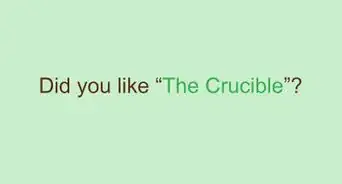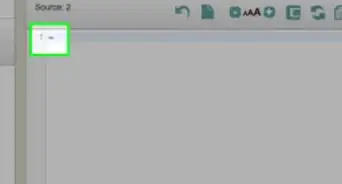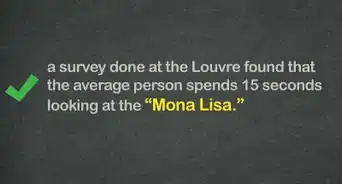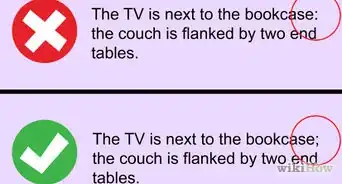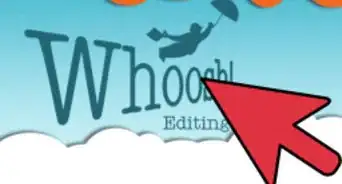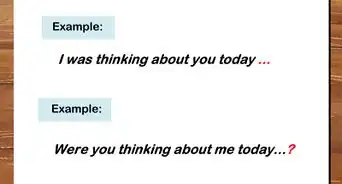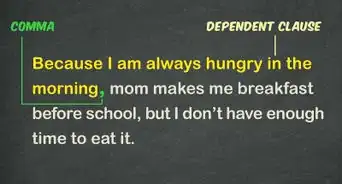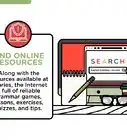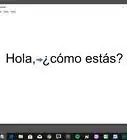X
This article was co-authored by Tristen Bonacci. Tristen Bonacci is a Licensed English Teacher with more than 20 years of experience. Tristen has taught in both the United States and overseas. She specializes in teaching in a secondary education environment and sharing wisdom with others, no matter the environment. Tristen holds a BA in English Literature from The University of Colorado and an MEd from The University of Phoenix.
This article has been viewed 50,272 times.
Almost everybody makes the grammar mistakes mentioned in this article. Think you use correct grammar? This article will test just that.
Steps
-
1Use semicolons to clarify lists. You can think of semicolons like super commas in this case. For example, if you were to list towns in states, you might type "Albany, New York, Dallas, Texas, Boise, Idaho". See all of those unnecessary commas causing confusion? It's neater to simply write "Albany, New York; Dallas, Texas; Boise, Idaho"
-
2Semicolons are used for related but complete (independent) sentence clauses. Instead of saying, "I walked the dog. She chased a car", you would say "I walked the dog; she chased a car." If you use a comma to fix it, make sure you don't do this: "I walked the dog, she chased a car." Note that a semicolon is not just a replacement for a comma: it is more like a replacement for a period. Though you could say, "While I walked the dog, she kept chasing cars," you would not say "While I walked the dog; she kept chasing." This is not acceptable because the first clause is not a complete sentence.
- A semicolon takes the place of a period. You use it in parallel construction.
- For example, if you say I love bananas, and I love apples. Instead of using an and, you can say I love bananas; I love apples.
- Parallel construction means you have the same thing on both sides of the semicolon, subject, verb, subject, verb.
Advertisement -
3Unlike commas, semicolons almost never use conjunctions. When using a comma, you sometimes need a conjunction, as in "Sarah was hungry, but she didn't want to eat." In contrast, because each clause is capable of being a complete sentence, do not use words such as "and" or "but" after a semicolon. The only case where it is appropriate to use a conjunction is at the end of a list, such as "Phoenix, Arizona; Sacramento, California; and Seattle, Washington."
-
4Colons can be used to start lists. If you are going to list objects, it can be helpful to separate the list with a colon, e.g. "I like four colors: red, yellow, green, and blue."
- You can use colons and semicolons in the same list, but they have different purposes: "He had visited three cities: New York, New York; Miami, Florida; and Los Angeles, California." Be careful when adding both, however as it can appear complicated.
- A colon is typically used for lists that are explicit: you have said he visited three cities, and now you are going to list them. You typically wouldn't use a colon in "I like red, yellow, green, and blue," though it is allowed.
-
5Colons are used to offset a phrase and an explanation or an elaboration. This is a common usage seen on wikiHow, and has been used within this very article: "a colon is typically used for lists that are explicit: you have said he visited three cities, and now you are going to list them."
-
6Colons can be used to offset independent introductory clauses. This encompasses the above uses, but is harder to explain. Think of a long sentence like this one: each half is a separate sentence, but the first half sets up the second.
-
7Think about what kind of pause basic punctuation denotes. A comma is the weakest pause, and a period the strongest. A semicolon is stronger that a comma, and weaker than a colon. This can help you decide in cases where the distinction is not clear.
Advertisement
Community Q&A
-
QuestionWhen I use a semicolon, is it like using "furthermore"?
 DonaganTop AnswererYes, you could think of it that way.
DonaganTop AnswererYes, you could think of it that way. -
QuestionOn #4 of your examples, the use of "however" is used after a comma. I was taught to only use "however" after a semicolon. Which way is correct?
 DonaganTop AnswererYou were taught correctly. Using "however" after a comma constitutes a run-on sentence. "However" can follow a semicolon, or it can follow a period ("full stop") and begin a new sentence.
DonaganTop AnswererYou were taught correctly. Using "however" after a comma constitutes a run-on sentence. "However" can follow a semicolon, or it can follow a period ("full stop") and begin a new sentence. -
QuestionCan I use a semicolon twice in a sentence?
 DonaganTop AnswererYes, you may use it several times if the sentence consists of a list of words or phrases. It would be similar to listing one-word items separated by commas. The semicolons would help avoid confusion when at least some of the listed items consist of phrases of two or more words.
DonaganTop AnswererYes, you may use it several times if the sentence consists of a list of words or phrases. It would be similar to listing one-word items separated by commas. The semicolons would help avoid confusion when at least some of the listed items consist of phrases of two or more words.
Advertisement
Warnings
- Don't let your sentences get too long. Semicolons and colons can encourage excessively length sentences.⧼thumbs_response⧽
- Sometimes the semicolon is considered too informal. It is more formal than an em dash, but beware of picky editors.⧼thumbs_response⧽
Advertisement
About This Article
Advertisement
